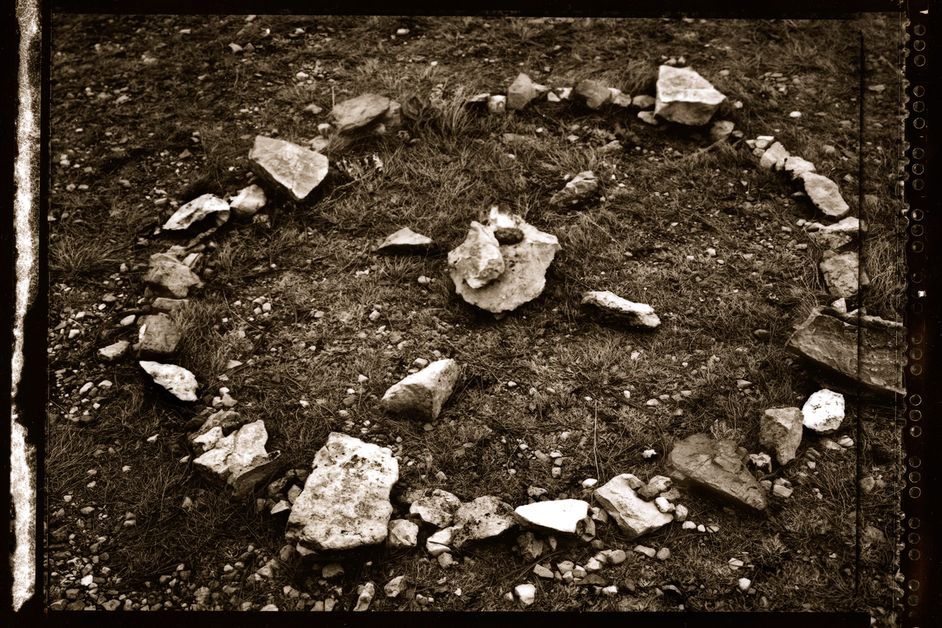
Click here to view image
Medicine Wheel, Bear Butte, South Dakota

Click here to view image
Medicine Wheel, Bear Butte, South Dakota


Click here to view image
Scenic Overlook, Badlands, South Dakota


Click here to view image
Bear Butte Holy Mountain of the Lakota and the Cheyenne, South Dakota


Click here to view image
Ancient Tree, Black Hills, South Dakota

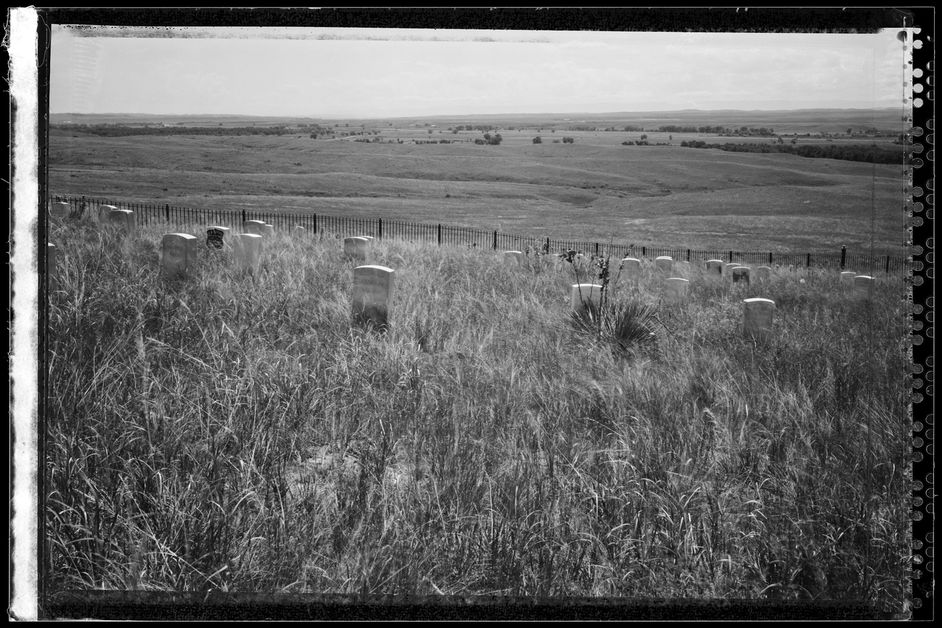
Click here to view image
Custer's battlefield, Montana

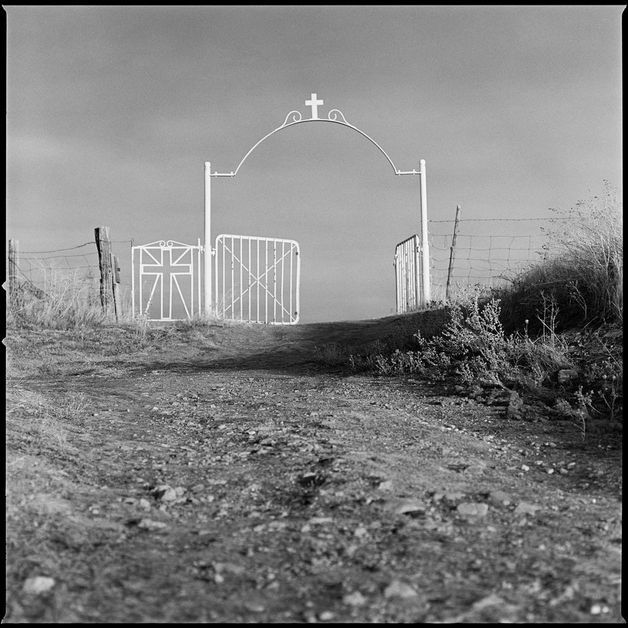
Click here to view image
Road to Red Cloud's grave, Pine Ridge, Sud Dakota

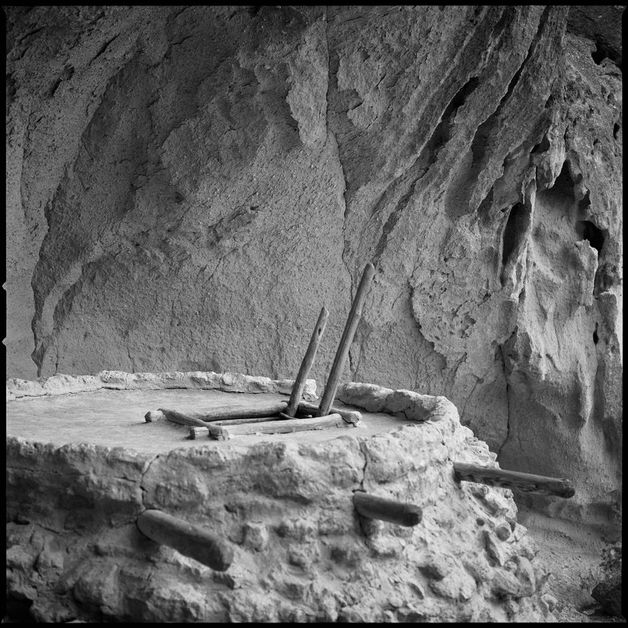
Click here to view image

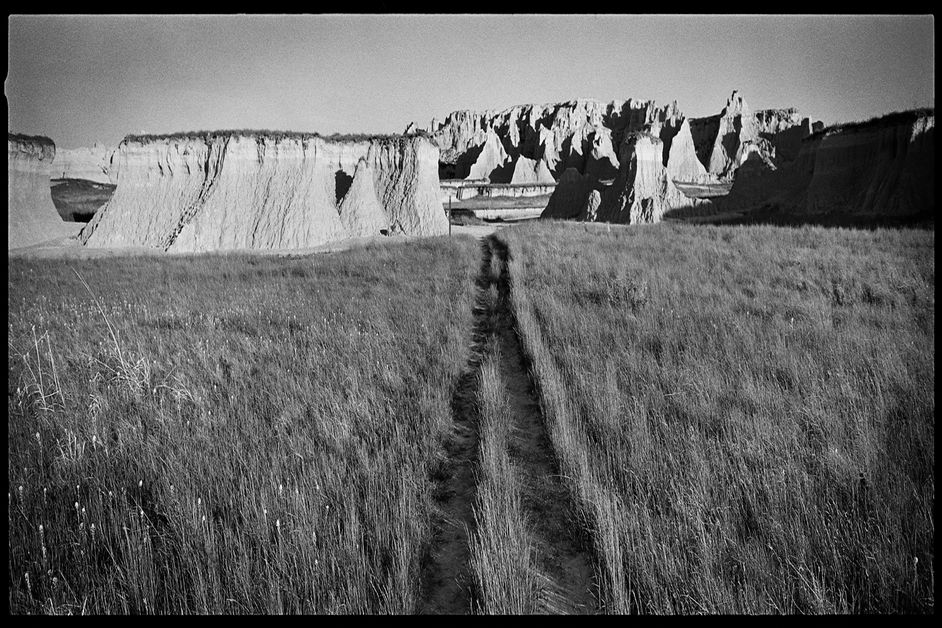
Click here to view image
Road to the top of the Sheep Table, Badlands, South Dakota


Click here to view image
The display of the instruments

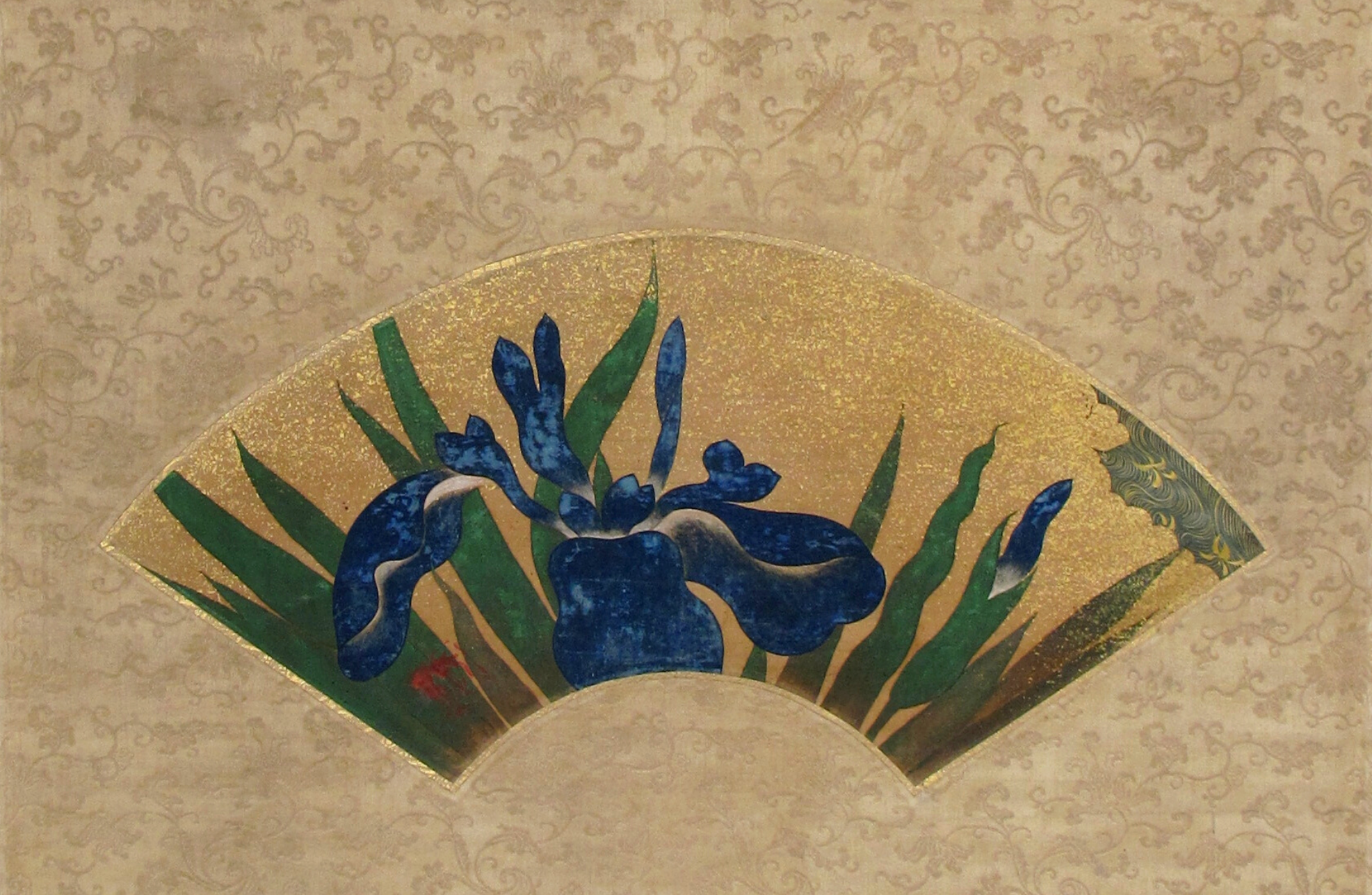
Click here to view image
Otaga Korin, Rinpa School, Japan, Edo period (1603-1868)
Fan
Fan in kekejiku format, ink, colours and gold on paper
The iris kakitsubata (杜若) stands out for its beautiful purple flowers with shades tending to blue. The falling sepals recall the ears of a rabbit and are mottled with white. Its leaves, resembling swords, can reach up to 70 cm. The kakitsubata blooms in the springtime.
This is a fan painted on paper, mounted like a kakemono (a roll to hang), datable 1711-1736. The blue irises are placed on a golden background, to show their preciousness: the background is an ocher cloud, sprinkled with crumbs of gold leaf; we perceive the limit of the cloud only at the right end, where we see a bluish-green pond. In it we can see some slight streaks that refer to golden spirals, on which the iris grows. These petals and leaves are outlined with a fine brush dipped on black ink. Moreover, Kōrin opts for a close-up of a fully open kakitsubata, whose falling sepals suggest an already advanced flowering, in contrast to the flower still in bud on the right.




Headquarters:
Municipality of Genoa - Palazzo Tursi
Via Garibaldi 9 - 16124 Genoa
C.F / VAT 00856920102